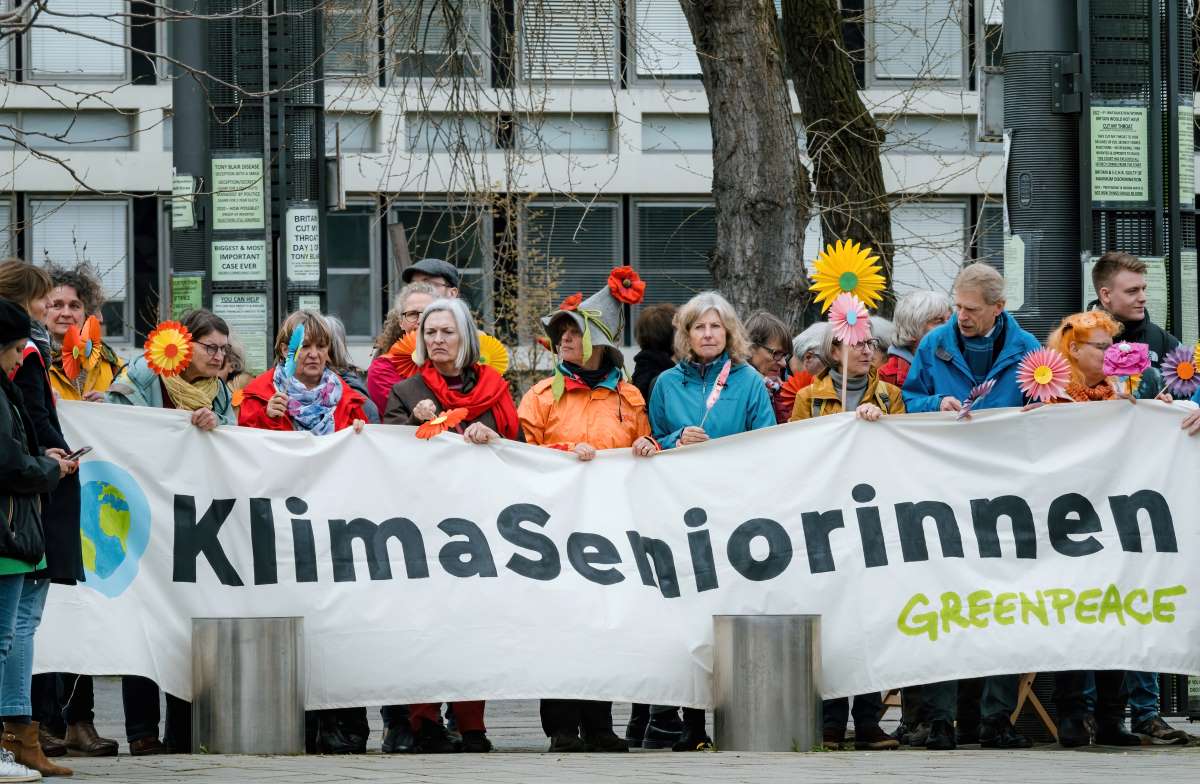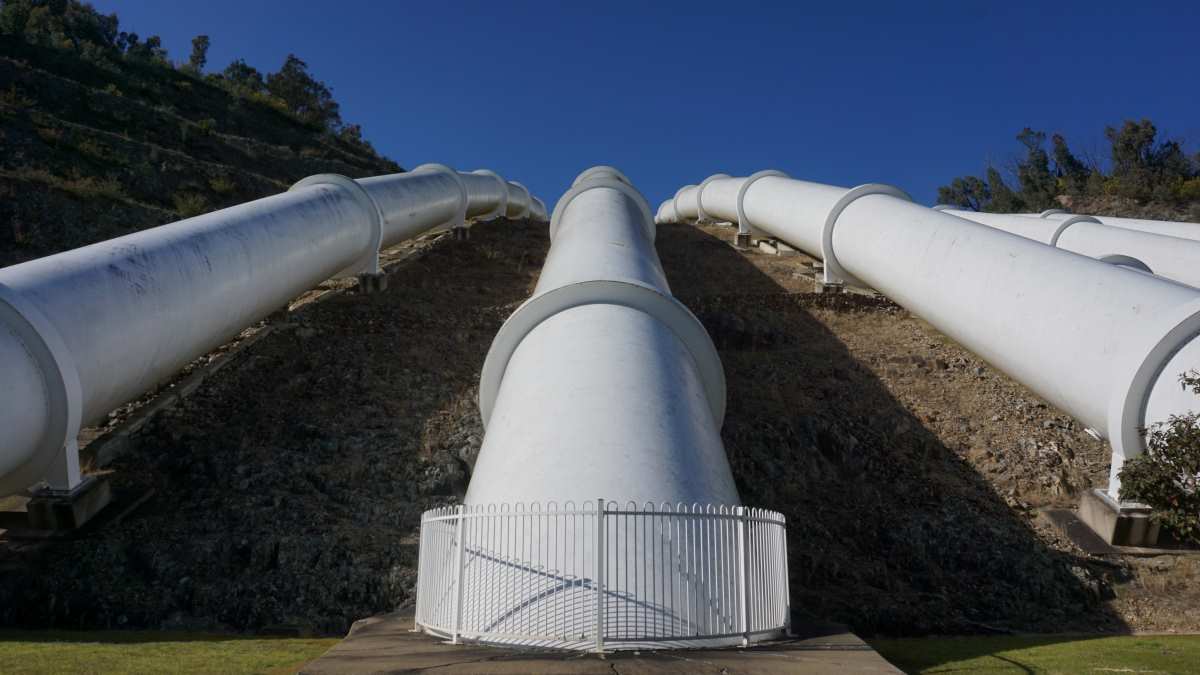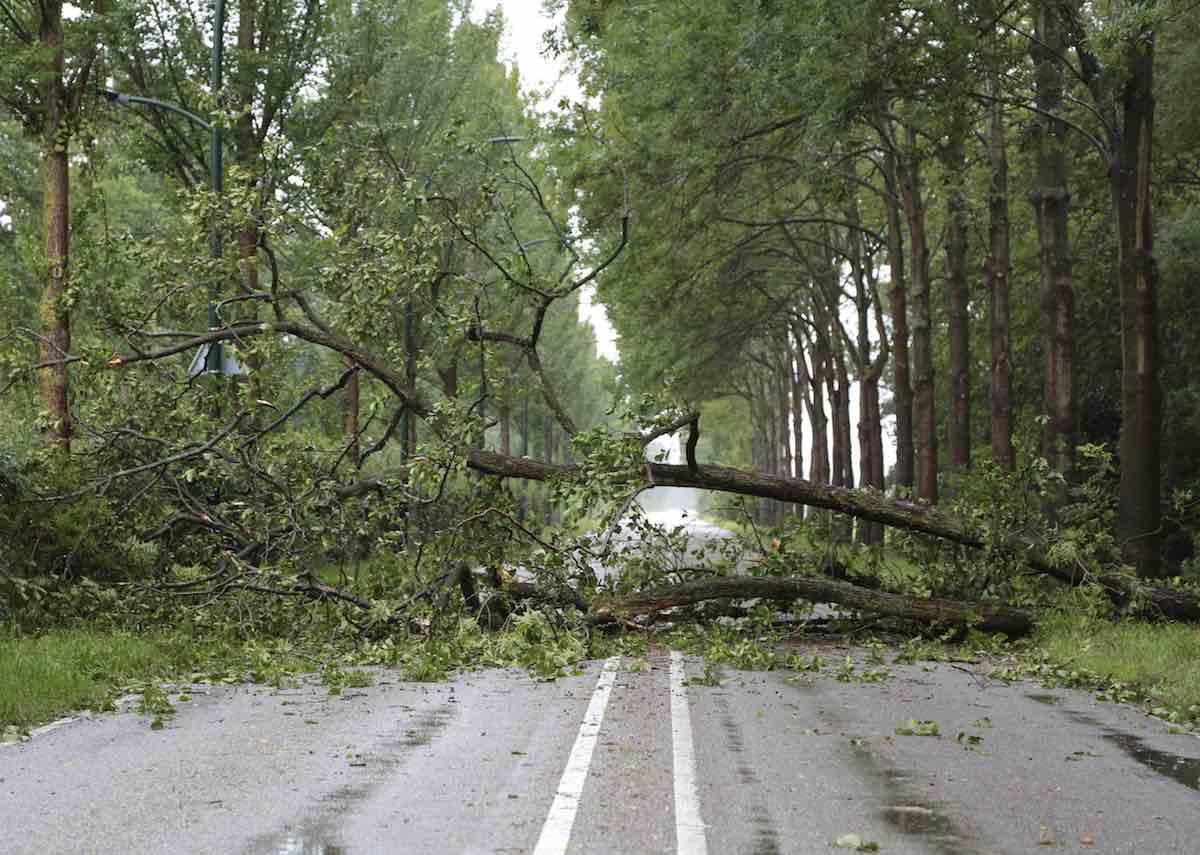In a major blow to the oil sands industry Royal Dutch Shell has announced it is dropping plans to build a new mine in northern Alberta, the latest in a slew of project cancellations by oil companies forced to cut spending due to a sharp drop in oil prices.
In a statement earlier this week Shell said it is withdrawing its regulatory application for the 200,000 barrel-per-day Pierre River project in the Canadian oil sands — one of the world’s highest-cost production regions. It is one of the largest projects yet to be postponed adding to a list of oil companies deferring or scrapping investment altogether.
A new analysis by oil consultancy Wood Mackenzie reveals that capital flows into the oil sands will drop by two-thirds in the next few years and that existing projects will bring in $121 billion less over their lifetime than previously forecast.
The oil major’s move typifies the growing trend amongst oil and gas companies to rein in capital expenditure on future high-cost projects that no longer make economic sense, after oil prices crashed to six-year lows and continue to languish in the $50-$60 a barrel range.
Highlighting the now almost daily rash of cuts in capital spending the Carbon Tracker Initiative has launched Capex Tracker, a tool that will help investors challenge company boards over future investment decisions that are deemed high risk amid enduring oil price volatility.
“Shell’s deferral of Pierre River, one of the high-cost oil sands projects that we highlighted in our ‘Carbon supply Cost Curves’ analysis last year, is in line with our belief that companies should cancel capex on high-cost projects in favour of a portfolio of low-breakeven investments in order to protect shareholder value, said Andrew Grant financial analyst at the Carbon Tracker Initiative.
“We wouldn’t be surprised to see many more such announcements if low prices persist,” he said.
In the first of what will be regular surveys Capex Tracker details the recent capex announcements of 19 major oil and gas companies, including household names like, Exxon Mobil, BP, Total, Chevron and Statoil.
The monitoring tool – that distils data from company announcements and trusted industry databases – finds that:
- Since the first quarter of 2013 (the earliest budgetary estimate for this year’s capex projections that vary by company) 2015 capex budgets for 19 major oil and gas producers have been revised down by $32.7 billion or 10 percent
- Spurred by the need to conserve cash the last quarter of 2014 alone saw $12.4 billion stripped away from the 2015 capex budgets of these companies
“Capex Tracker is going to provide the world with a leading indicator to understand whether the flows of capital are set to create dangerous levels of climate change. Investment needs to start matching the lower levels of demand for fossil fuels that are required to align with a low carbon future,” said Mark Campanale, founder and executive director at the Carbon Tracker Initiative.
Commitment of capex is the necessary precursor to production of fossil fuels (and, eventually, combustion of carbon into the atmosphere); as a result, fossil fuel capex is a key leading indicator of future carbon emissions.
In addition to benefitting investors seeking to analyse individual companies or projects, tracking fossil fuel capex also shines a light on whether efforts to reduce future carbon emissions are having an impact – meaning that such announcements are also relevant for policymakers, NGOs, and concerned citizens.
With respect to future emissions from the global energy system, today’s capex commitments are truly where the rubber meets the road.




















.gif)








